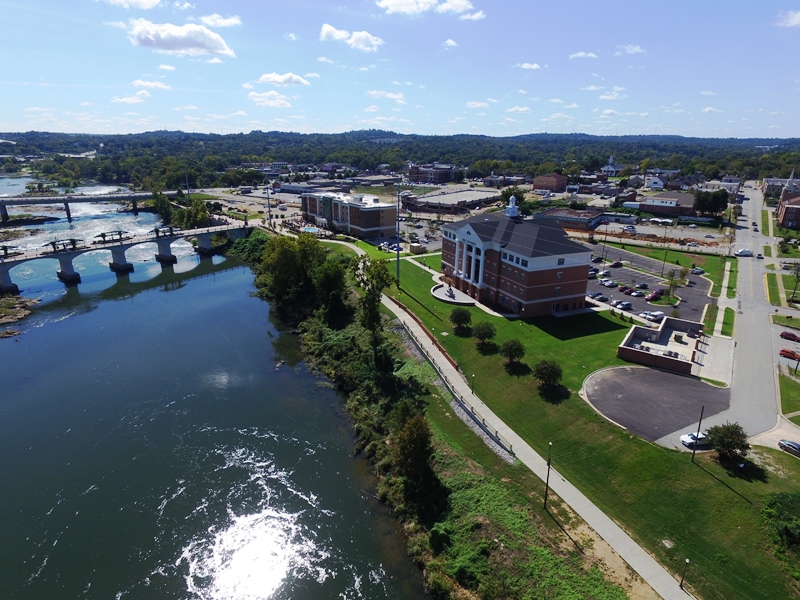Proponents of the renewal of Alabama’s state Historic Rehabilitation Tax Credit program have been encouraged over the past week, since legislation was introduced in Montgomery that would bring the popular program back for the long haul.
Under the current proposal, there are a few modifications when compared to the three-year historic tax credit program that existed between 2013 and 2015 and sunset in 2016.
One of those changes involves the makeup of the committee that would award the tax credits. The other change is in the length of the program.
Section 9 (a) below covers how the committee will be structured under the current bill.
There is hereby established the Historic Tax Credit Evaluating Committee, which shall review qualifying projects, approve credits for projects, and rank projects in the order in which the projects should receive tax credit reservations based on criteria established by the Commission.
The Committee shall meet by the sistieth day of each quarter for the purpose of evaluating all applications for projects submitted to and approved by the Commission by the thirtieth day of that quarter and allocating tax credits available pursuant to this act. The Commissioner of Revenue shall be a non-voting member of the Committee and provide advisory and technical support.
The Committee shall consist of the following: (1) Director of the Governor’s Office of Minority Affairs; (2) The Executive Director of the Alabama Historic Commission; (3) The Finance Director; (4) The Director of the Alabama Department of Economic and Community Affairs; (5) The Secretary of Commerce; (6) Two members of the Alabama House of Representatives, at least one of which shall be a member of the minority party, to be appointed by the Speaker of the House of Representatives; and (7) Two members of the Alabama Senate, at least one of which shall be a member of the minority party, to be appointed by the President Pro Tem of the Senate.
Under the prior program, the Alabama Historic Commission awarded tax credits to projects.
While more diverse in representation, some feel the new makeup of the committee, if it passes in current form, could add new layers of bureaucracy that could put some projects at risk.
“Anytime you add risk to a commercial project you are going to see a negative response from investors, lenders, and developers,” said Stephen McNair, Ph.D., of McNair Historic Preservation Inc. “The proposed “Historic Tax Credit Evaluating Committee” will unquestionably add a layer of risk and uncertainty for anyone applying for Alabama Historic Tax Credits. As opposed to the previous program, which was facilitated on a “first come, first served” basis, the change in protocol could also create a more politicized approval process for projects, predicated on the House and Senate membership selected for the Committee.”
McNair said that most state historic tax credit programs (over 30 exist) mirror the Federal program and this particular proposal will take Alabama in another direction.
The second change that could have lasting and positive impact on the program is the length of the program under the new legislation, 10 years.
“The proposal for a 10-year program is encouraging and reflects the overwhelming approval and success of the previous 3-year program,” McNair said. “Adding longevity to the historic tax credit program will bolster development in the larger urban centers, however it will also allow the program to reach smaller and mid-size communities.”
McNair said data from neighboring Mississippi and Georgia shows larger urban centers benefit from the program within the first five years, and smaller communities in the following five years.
“We expect the Alabama markets to react similarly, impacting communities in every region of the state by the end of the program,” McNair said.





